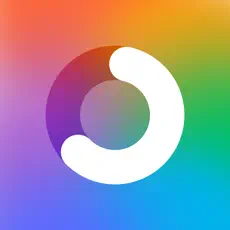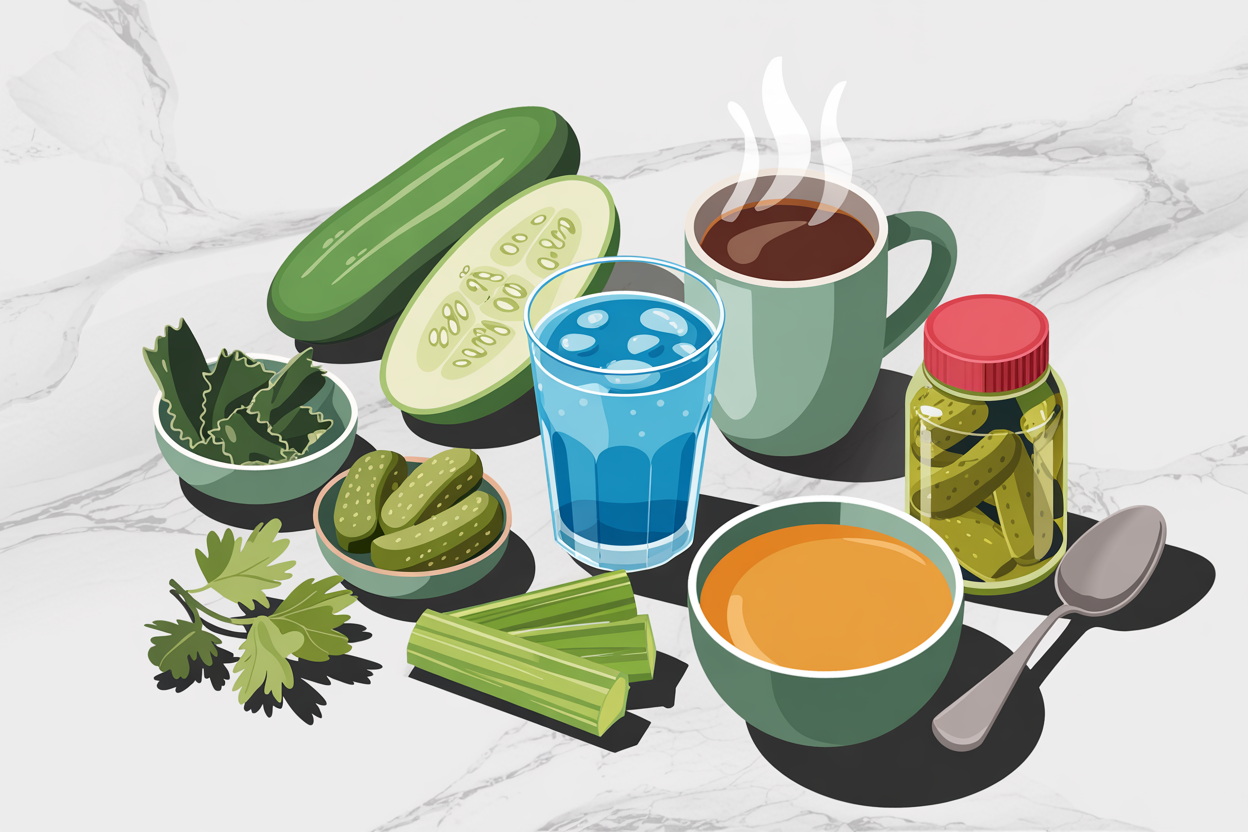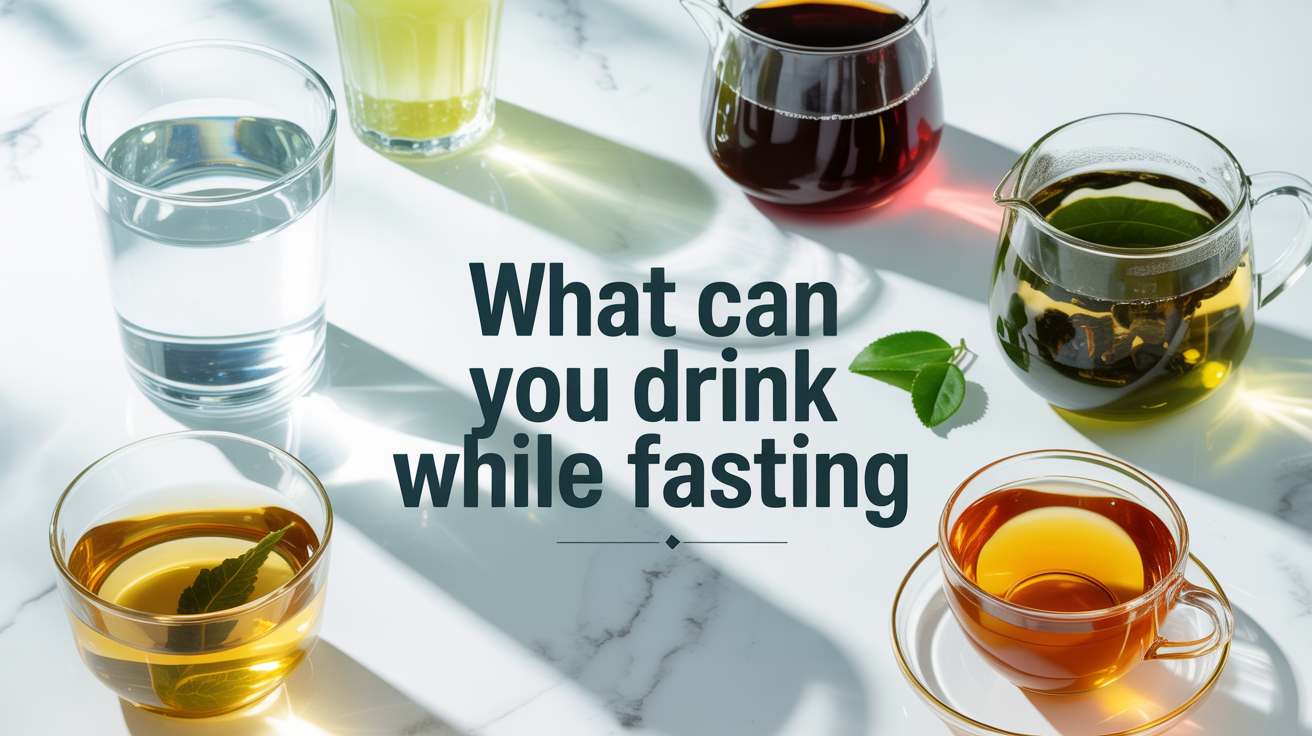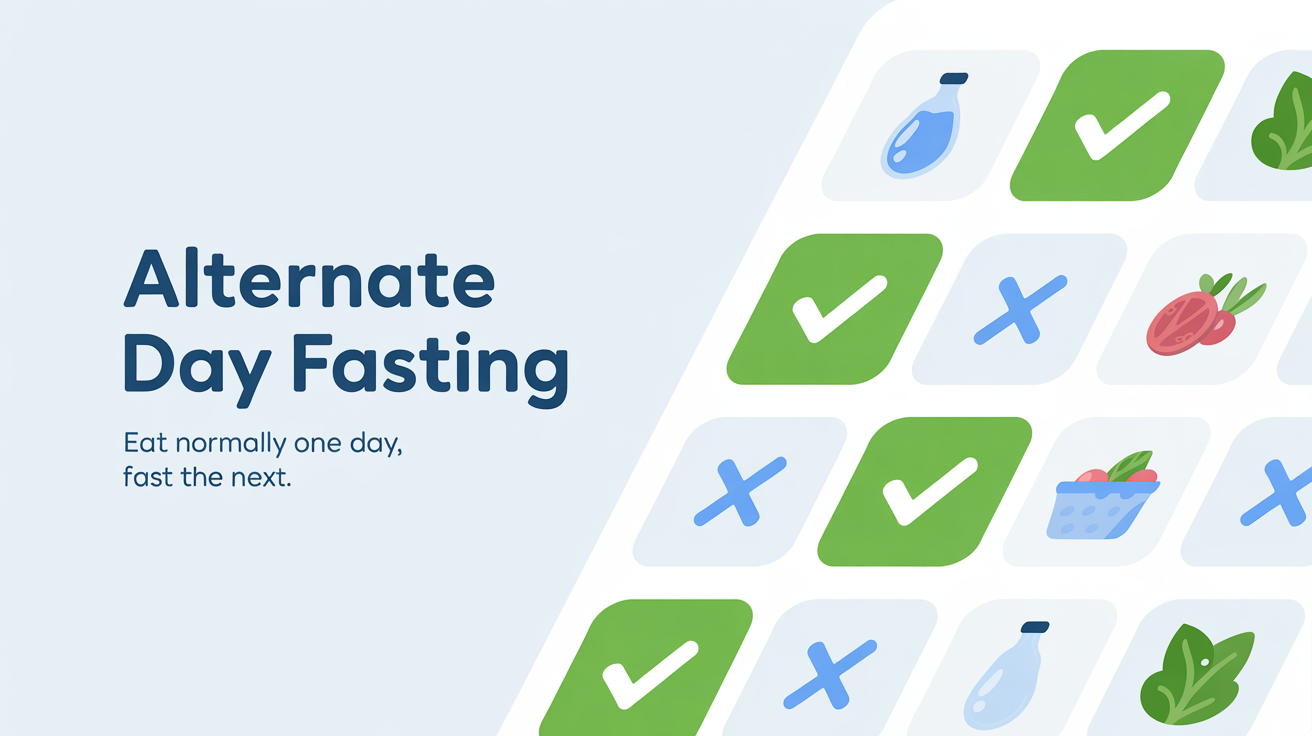Have you ever stopped mid-sip during your fast and thought, “Did that just break it?” If so, you’re not the only one. It’s a surprisingly common thought, especially when your fast is going well and that morning coffee (with a splash of something) suddenly feels… questionable.
The reality is that the answer isn’t always black and white. Yes, some drinks claim to be “zero calorie,” but that label doesn’t automatically make them fasting-friendly. For example, that dash of almond milk? It’s small, sure, but whether it interferes with your fast can depend on your body’s sensitivity.
Fasting isn’t just about the hours without food. It’s about the internal processes that get to work when digestion is off the table. You’re giving your body the chance to reset, to repair, burn stored fat, and recalibrate insulin levels. But some ingredients, even in tiny amounts, can quietly pull you out of that fasted state. And sometimes, you don’t notice until your progress stalls.
If keeping track of all this feels like a lot, you’re not wrong. That’s why tools like the Fasting App by Municorn exist. Not to overcomplicate things, but to make logging what you consume (and how your body responds) much easier. It turns guesswork into data you can actually use.
This guide will help you navigate what’s truly safe to consume during a fast, what’s better left for your eating window, and how to keep your approach simple. Because if it’s too complicated, let’s be honest, no one sticks with it for long.
Why Zero-Calorie Foods and Drinks Matter in Fasting
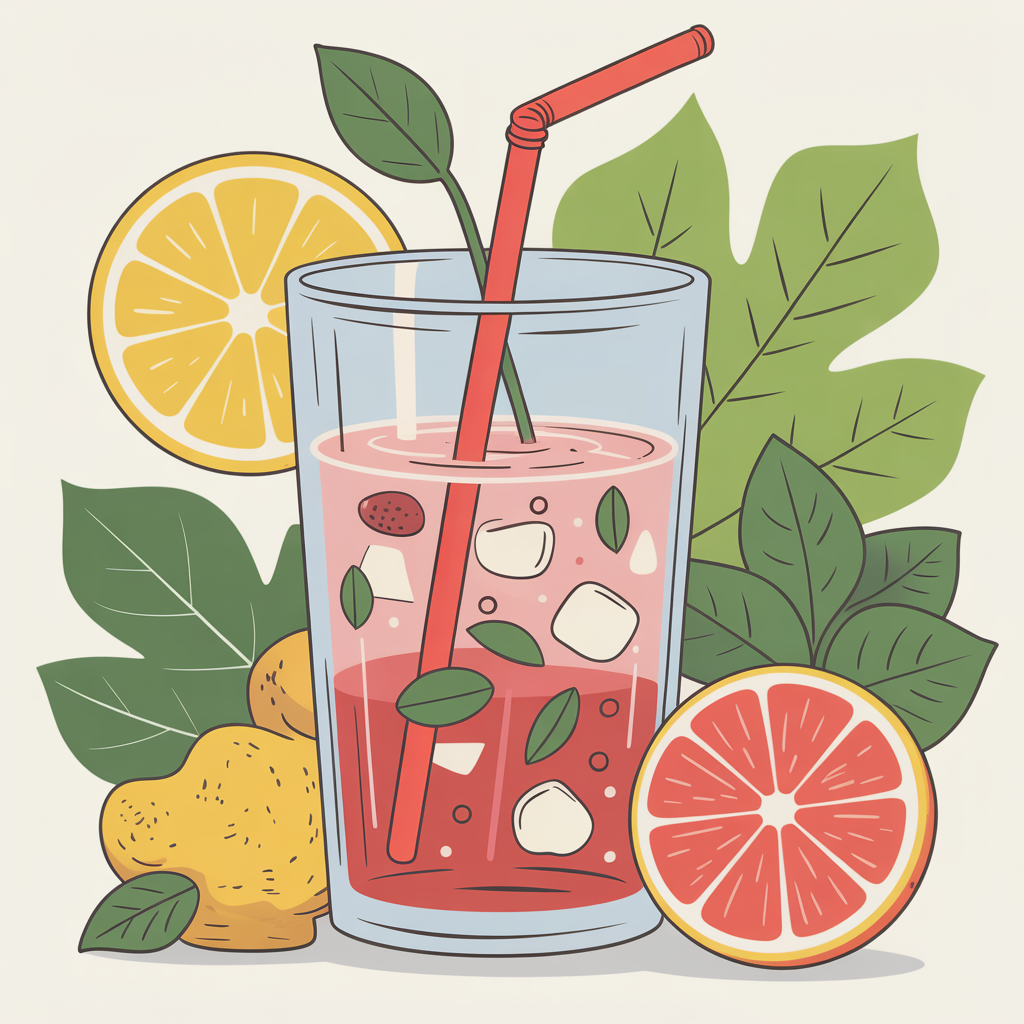
You’ve probably heard that any calories break a fast. But is that really the whole story? As it turns out, the answer is a bit more complex than a simple yes or no.
Fasting is about what your body does in the absence of digestion. When you’re not eating, your system shifts gears. It switches from processing meals to repairing itself, restoring balance, and in many cases, burning stored fat for energy. That’s when the real benefits of fasting begin to show up—not just on the scale, but at the cellular level.
One of the most fascinating processes activated during a fast is something called autophagy. You might think of it as your body’s internal housekeeping service. When nutrients are scarce, your cells start clearing out old, damaged components like a deep spring cleaning.
But even a small amount of food or calories can disrupt this repair mode. The moment you eat, your body releases insulin: a signal that shifts you back into a fed state. Depending on what you’ve consumed, that insulin response can press pause on fat burning and autophagy. Sometimes, you don’t notice the difference right away. But over time, these interruptions can add up.
That said, not all foods and drinks have the same impact. Some options are close to neutral—meaning they won’t significantly spike insulin or interfere with the cellular cleanup your body is working on behind the scenes. Knowing the difference can help you stay in that beneficial fasting zone while still feeling comfortable and supported.
Everyone’s body responds a little differently, and having a way to log your fasting patterns, hydration, and even how you feel along the way can provide clarity.
Zero-Calorie Drinks That Won’t Break Your Fast
Sometimes, when you’re fasting, what feels like hunger isn’t actually hunger at all. It might be dehydration. Or it could just be the familiar habit of reaching for a drink during that mid-morning lull. And sometimes, it’s just about having something comforting to sip on while time stretches between meals.
The good news is that you have options. There are several zero-calorie drinks that can keep you hydrated, clear-headed, and even a little more satisfied — all without compromising your fast.
Water: Your First Line of Defense
Let’s start with the basics: water. It should always be your first line of defense against those fasting discomforts. It hydrates, supports digestion, and sometimes just the act of drinking can help quiet a noisy stomach.
If you’re going longer between meals, adding a pinch of salt or sugar-free electrolytes can help replenish essential minerals — especially sodium, potassium, and magnesium. Interestingly enough, drinking water may slightly increase your metabolism through something called water-induced thermogenesis. It’s not a miracle boost, but it’s a nice bonus nonetheless.
Black Coffee: A Boost in the Gym and Cellular Health

Next, there’s black coffee. For many people, it’s a fasting essential. It’s virtually calorie-free and with the added perk of caffeine, which may help your body during exercise to improve focus and cognition.
Some studies even suggest that coffee can support autophagy, the body’s natural cellular repair process. That said, moderation matters. Too much caffeine can raise cortisol, the stress hormone, which might work against your fasting efforts if overdone. If you’re new to fasting, don’t be surprised if coffee hits you harder than usual because your body’s still adjusting to the change in rhythm.
Tea: An Aid for Fat Oxidation and Metabolic Health
Then we have tea. Whether it’s green, black, oolong, or herbal, tea is another excellent companion for fasting. Green tea, in particular, contains catechins: plant compounds known to aid fat oxidation and support metabolic health. Plus, there’s something soothing about wrapping your hands around a warm mug when the hours between meals feel a little longer than usual.
Apple Cider Vinegar (ACV): A Tool for Blood Sugar Regulation
Another option worth considering is apple cider vinegar (ACV). Diluted, of course. A tablespoon in a large glass of water won’t add many calories, but it may help with blood sugar regulation. Just make sure to dilute it well, since undiluted vinegar can be rough on your teeth and stomach lining.
Unsweetened Electrolyte Drinks: Prevention for Headaches and Fatigue
Lastly, for those extending their fasts or engaging in more physical activity, unsweetened electrolyte drinks can be incredibly helpful. Keeping your electrolytes balanced can help prevent headaches, fatigue, and even muscle cramps, all of which can creep up if your minerals are off balance.
Logging what you drink and how your body responds can reveal patterns you might not notice otherwise, so you can personalize your fasting experience over time.
Zero-Calorie Foods & Snacks for Fasting Windows
You might be wondering—can you eat anything during a fast? While purists say no, some people practicing time-restricted eating (like 16:8) or extended fasts occasionally turn to low-calorie options for support. The key is choosing foods that are low enough in calories and carbs that they won’t meaningfully spike insulin.
Pickles—specifically dill pickles with no added sugar—are almost calorie-free and packed with sodium, which can help replenish electrolytes. A crunchy pickle might also help ease fasting headaches or muscle cramps. Just check labels for hidden sugars or preservatives.
Then there’s celery sticks. At roughly 6 calories per stalk, they’re mostly fiber and water—unlikely to disturb your fast if eaten sparingly. Similarly, cucumber slices offer a hydrating, low-calorie snack that can gently curb appetite without significant impact.
Bone broth is a special case. It’s not zero-calorie (about 30–50 calories per cup), but for fasts longer than 24 hours, it’s often used to prevent nutrient deficiencies while providing electrolytes and gut support.
Lastly, unsweetened seaweed snacks are ultra-low in calories and offer iodine and minerals. They’re great if you’re craving something salty, but best saved for your eating window.
If you’re not sure how these foods affect your fasting goals, log them and track how your body responds. Fasting is flexible, and with a little guidance, you can find the approach that works best for you.
What Not to Eat or Drink During Fasting
When it comes to fasting, most people focus on calories — and that’s a good starting point. But as you might’ve guessed, it’s not the only thing that matters. Some drinks or ingredients can interfere with fasting benefits even when they’re technically calorie-free. And that can be frustrating if you’re trying to fast “clean” but aren’t sure what counts.
Avoid Artificial Sweeteners That Alter Your Gut Microbiome
Let’s start with artificial sweeteners, like sucralose, aspartame, and saccharin. On the surface, they seem perfect for fasting — sweet flavor, zero calories. But the science here is more complicated. Some studies suggest these sweeteners can still trigger insulin responses in certain individuals.

Even more concerning, research published found that artificial sweeteners can alter your gut microbiota, leading to glucose intolerance. In other words, even though you’re not taking in sugar, your body might still struggle to manage blood sugar properly — which is the opposite of what most people want from fasting.
Ditch Flavored Waters That Affect Insulin Sensitivity
You might also want to take a second look at flavored waters. Even the ones labeled “zero calorie” can contain additives or preservatives that quietly stimulate digestion or impact insulin sensitivity. If a drink tastes sweet — even slightly — it’s a good idea to pause and consider whether it’s worth including during your fasting window. Sometimes, it’s not just about the calories but the signals you’re sending to your body.
Stop Chewing Gum To Manage Your Cravings
Chewing gum is another gray area. Some people rely on gum to manage cravings or keep their mouth busy, especially during longer fasts. And you’re not wrong for thinking that might help. But there’s a catch: chewing, especially something sweet, can trigger what’s called a cephalic insulin response. A study explored this, showing that even the act of chewing and tasting can prompt your body to release insulin in anticipation of food, even if no calories are consumed.
So what’s the bottom line? It depends on your goals. If you’re fasting mainly for weight loss, you might not notice much impact from the occasional sweetener or stick of gum. But if your aim is to maximize metabolic health or support autophagy, it might be smarter to skip anything that tastes sweet — just to stay on the safe side.
How to Stay on Track with Your Fast
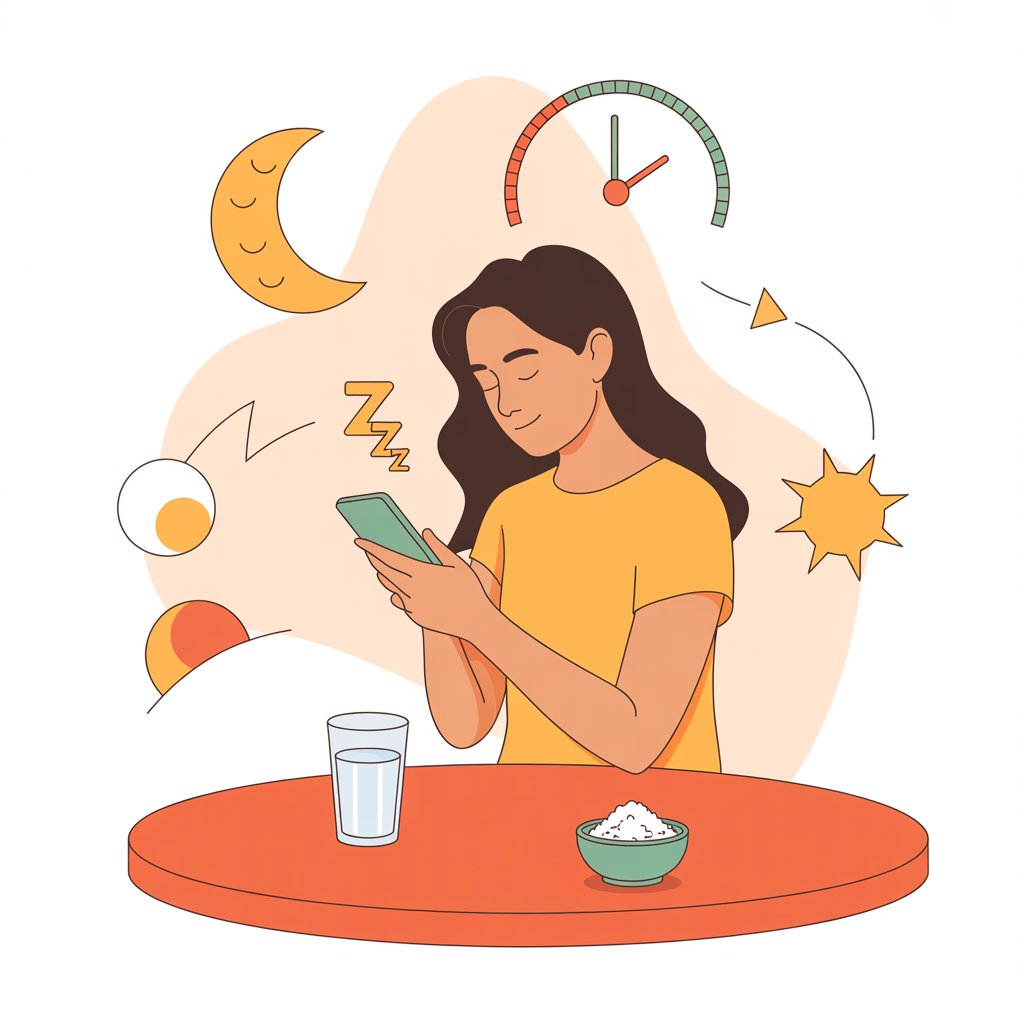
Let’s be honest—fasting isn’t always seamless. Some days feel effortless; others, not so much. That’s normal. The key is having a few strategies to keep yourself steady when motivation dips.
First, when hunger hits, start with water. Often, it’s dehydration masquerading as hunger. A glass of water, or mineral water with a pinch of salt, can help reset those signals.
Second, pay attention to your sleep. A rough night can throw off hunger hormones like ghrelin and leptin, making fasting feel harder the next day. If you notice this, don’t be afraid to adjust your fasting window—flexibility helps your body adapt over time.
Tracking is another powerful tool. The Fasting App by Municorn lets you log your fasting hours, hydration, mood, and even energy levels. You’ll start noticing patterns—like when you fast best, or which drinks help curb cravings.
Lastly, remember that consistency matters more than perfection. Some days, you might fast 16 hours, others only 12—and that’s okay. The goal is progress, not rigidity. With the right tools and a little self-awareness, you’ll build a fasting rhythm that actually sticks.
Because ultimately, the best fasting plan is the one that fits your life.
Download Fasting App By Municorn Today to Track Your Progress
Fasting can feel a little overwhelming when you’re getting started. But it’s not just about skipping meals — it’s about giving your body the space to reset, repair, and function at its best. Knowing what you can safely consume during your fasting window? That’s just one part of the bigger picture.
With some knowledge — and a bit of trial and error — you’ll figure out what works best for you. Maybe black coffee gets you through the morning, or maybe it’s a glass of mineral water with a pinch of salt. Some people steer clear of all sweeteners; others find one that doesn’t affect their insulin. There’s no universal rule — just what feels right for your body.
That’s where the Fasting App by Municorn comes in. It helps you track fasting windows, hydration, mood, and energy levels, so you’re not just guessing — you’re learning.
If you’re ready to take the guesswork out of fasting, download the app today. You’ll gain insight into your patterns, log your go-to zero-calorie choices, and build a rhythm that’s personal and sustainable.
